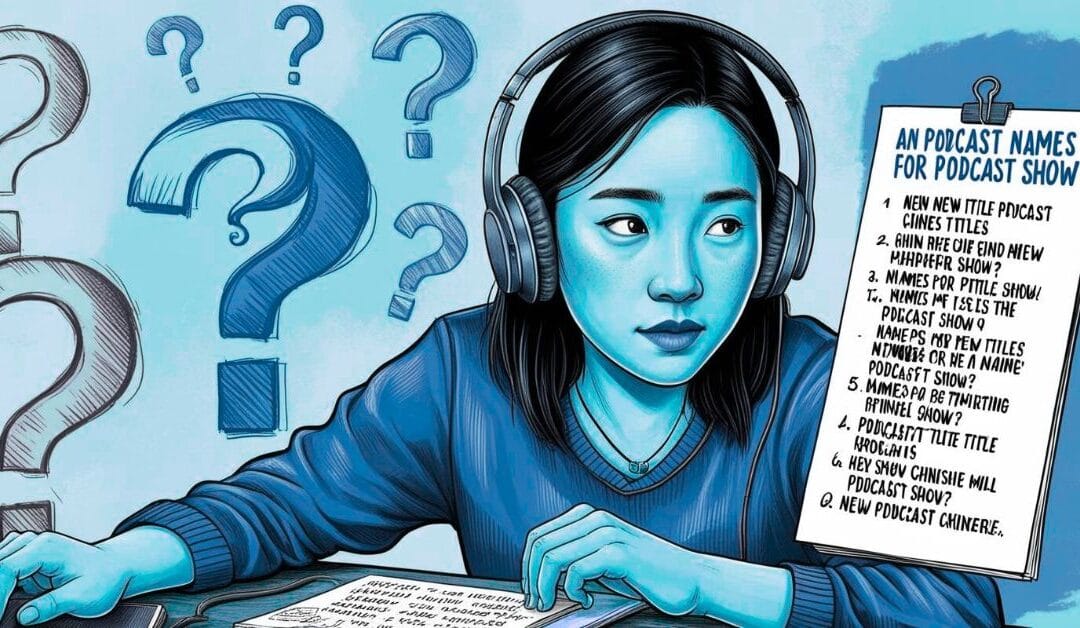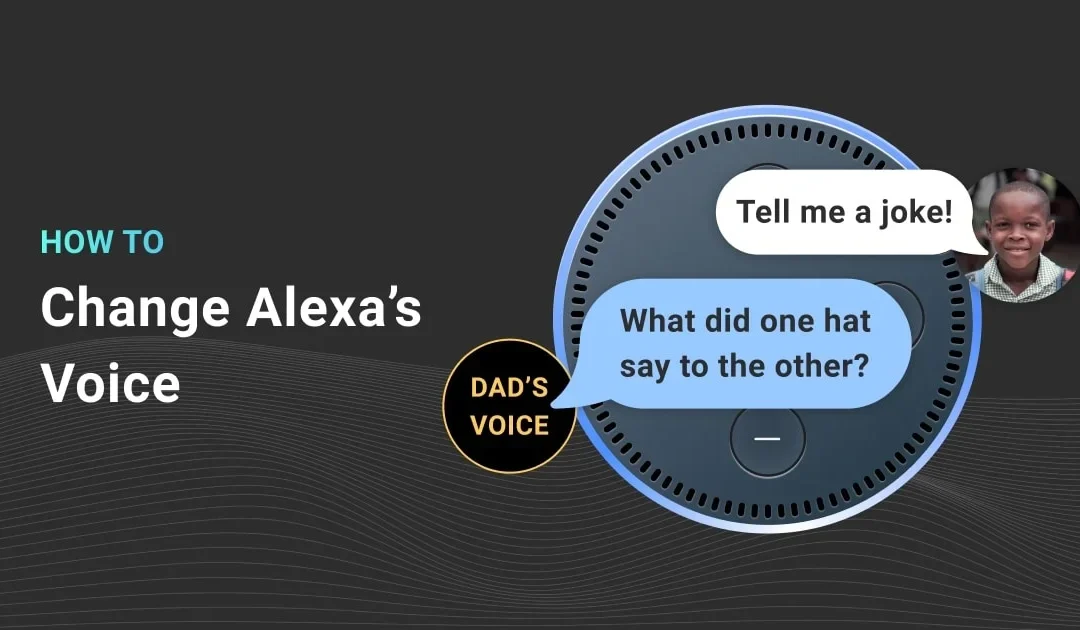In this three-part series, we will explore how brands need to brace for a future, in which everything online is being searched for and accessed through a personal digital assistant. On the way, we will look into what a user interface truly is, the concept of digital twins and omnipresent digital assistants. The first part focuses on the context and how technology allows for this change. This is followed by part two, which elaborates on the role of digital assistants as gatekeepers between brands and users. The third and final part presents ideas that help brands embrace this new thinking.
The evolution of conversation and the user interface
The main purpose of a user interface is to minimise the friction between the user and technology. It is the system that enables interaction between two entities that, normally, would not understand each other. They surely have come a long way. Between 1970s and 1980s, command-line interfaces forced their users to learn specific syntax that elicited a certain, wanted response. Luckily, technology has evolved more user-friendly. The first graphical user interface (GUI) was developed at the Xerox Palo Research Centre in the 1970s, but it was not until Apple released Lisa that this technology found traction in personal computing. It pioneered with sophisticated drag and drop functions and virtual windows that could be moved around, freeing the user from learning the language of technology by heart.
The rise of smartphones forced designers to re-think the user experience from ground-up. Suddenly, there was a device that had entirely different characteristics than any device a GUI was ever developed for. Especially as they hit mass adoption, mobile became the focal point of companies and elicited a new way for brands to take part in their customers’ lives: through applications. A study from analytics company Distimo showed that 91 percent of Interbrand’s 2011 Best Global Brands own an app on one of the major app-stores. This means that there is an app to support you in brushing your teeth, an app that helps you drink more water, or an app that imitates a lighter. In other words: There’s an app for everything. But there is a limit to (almost) everything. Quickly, the users became tired of having a different app for every little part of life — which inevitably resulted in the so-called app-fatigue. But one set of apps has pushed through the fatigue: messaging apps like WhatsApp or Facebook’s Messenger.
Chat has since become a very popular medium for communication. A study led by BI Intelligence showed that the four biggest messaging apps have more monthly active users than the biggest four social networks. This chat app revolution allows for the framework in which conversation can happen online — but let us take a step back and recall what conversation actually means.
Fictive language emerged around 70.000 years ago, when our ancestors spread out of Africa onto new, unknown continents. This is a considerable amount of time to master the way we communicate. We learn to interact with our world in this very way from the moment we are born. Our reality is hugely shaped around this medium of transmitting information and, most importantly, comes natural to us. This is the basis of conversation. It is the exchange between information through the medium of spoken word from a sender to a recipient and vice versa. The user interface is not much different. It is the layer through which we communicate with technology. This shows a necessity for it to become natural and intuitive to use. So far, user interfaces showed a level of friction that had to be overcome. This time, it seems as if the interaction with technology, finally, comes very close to becoming frictionless. In other words: technology and humans become one coherent interchanging experience driven by the user’s need. And this is where conversation, as a user interface, finds its foundation.
To go back to the chat app revolution: There are some terms that we have to be aware of if we talk in this context. It is important to understand that conversational speech can be expressed in voice or text. It is merely the adaption of spoken word into a chat-window, as in conversing with chatbots, or a voice interface, such as Google Home.
The future of conversational user interfaces

Technology does not simply understand human language. Advances in speech recognition technology and artificial intelligence resulted in increasingly accurate natural language processing technologies. This is the basis of all the assistants listed above to actually understand the human conversational speech. I don’t want to dive deep into the technological part of speech-understanding machines. Instead, I want to amplify the importance of this development. Natural conversation happens if the sender of a message transmits the information in a way that is accurately understood by the recipient. Currently, accuracy levels of the most popular digital assistants are at around 80 percent. Duer, the assistant from Chinese search engine giant Baidu scores with 96 percent — which means that this assistant already surpassed human capabilities. Andrew Ng, Chief Scientist at Baidu and former Stanford professor says that the key metric is 99 percent. Once this metric has been reached, voice technology will expand to mass-adaption. There are many ways this can unfold. One of the possible scenarios is proposed by a leading company within the realm of digital business.
Cognizant proposed a model in which users access any information online solely through a single, emotionally connected, personal digital assistant. Currently, we use different helpers for specific services: We use our favourite airline’s chatbot to book a flight with them and later that day Alexa to access music. In the future, according to Cognizant, every consumer will be connected to a single digital assistant serving in each aspect of life, through which any service or information can be accessed online. It is a reality in which the internet will be an integral element of people’s lives, rather than an entity within a browser, but many developments point into this direction.
Already iOS 12 shows that iPhones will be assisting their users much more and, to stay in the iPhone user interface, the chat app store has established itself to be a very useful medium to add to the limits of the conversational user interface called iMessage. Cambridge Dictionary defines the word ‘assistant’ as “someone who helps someone else to do a job.” A remote control is therefore a non-humanoid assistant, helping in navigating through the interface of the TV receiver, eliciting any desired outcome which is in the realm of its programmed capabilities. It takes burden off the user and provides a level of convenience. There is, however, an important difference to the smartphone: its realm of capabilities is broader, because of the option of extending its range of assistance in the form of different apps. They are what allows a smartphone, as a default device, to become the universal remote. A remote, which allows the user to understand and interact with the world around her. Projecting this to a reality in which your digital personal assistant is in every device you interact with and brands the extensions of the assistant’s capabilities, we slowly see a world in which brands need to redefine their role in their user’s lives.
Conclusively, it leaves to say that digital assistants are still in their nascent phase, but the power and the impact they might have on how we interact with the world around us are beyond our imagination. We can only toe-tap towards a reality in which we have a hyper-intelligent assistant by our side connecting us with any brand. The next article will therefore look into what this means for brands and advertising and how a digital twin will be the gatekeeper that might make advertising redundant.
Please reach out to discuss or think together.





